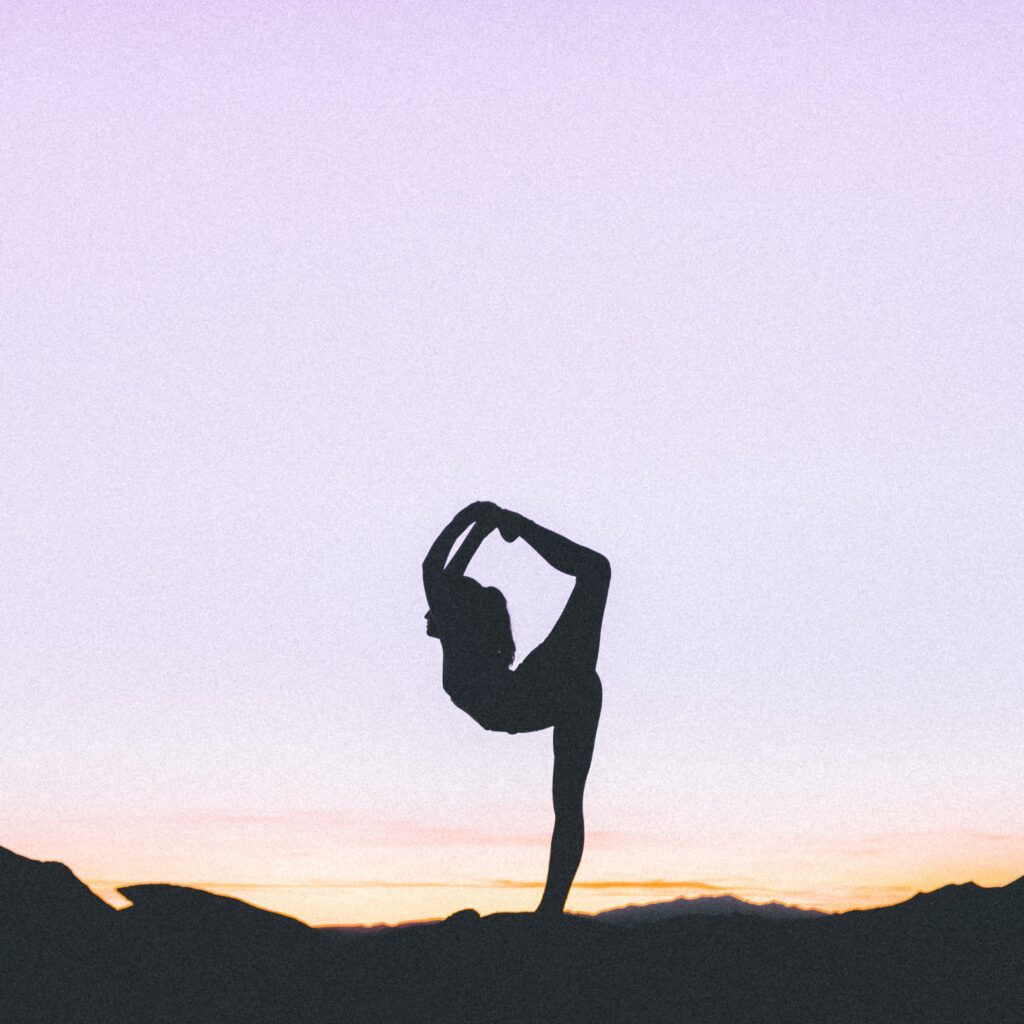
Raise your hand if you're part of the fabulous fifties crowd!
If your hand went up, now is a great time to talk about flexibility. As you age, you may notice some changes in your body, such as it being just a little harder to scoop, bend, and twist.
But don't worry, staying flexible is possible. In fact, you can possibly be even more flexible than you ever have before!
It just takes a little time, effort, and a positive mindset to be as agile as one of those wacky inflatable tube guys at a car dealership.
Stretch It Out

Stretching is one of the best ways to improve flexibility. (And it feels really good on your muscles and joints.)
Here are some tips when it comes to stretching:
- Warm-up before stretching. Doing some light cardio exercises, like jumping jacks or walking, can help warm up your muscles and prepare them for stretching.
- Hold each stretch for 15-30 seconds. Don't bounce or push too hard, as this can lead to injury.
- Focus on your problem areas. If you have tight hips, for example, spend more time stretching your hip flexors.
- Incorporate stretching into your daily routine. Try stretching while watching TV or before bed.
Regular stretching exercises can improve flexibility by up to 35% — so make sure you’re getting good regular stretches in.
Resistance Training

Resistance training is another excellent way to build strength and increase flexibility.
Here are some tips to help you get started:
- Start with light weights. If you're new to resistance training, start with light weights and focus on proper form.
- Use resistance bands. Resistance bands are an excellent way to build strength and flexibility without putting too much strain on your joints.
- Incorporate full-body exercises. Full-body exercises, like squats and deadlifts, can help improve strength and flexibility throughout your entire body.
- Don't forget to stretch after resistance training. Stretching after resistance training can help improve flexibility and reduce soreness.
Resistance training can improve flexibility by up to 21%. You don’t have to aim for Hulk status, just enough to work those muscles a little.
Keep Moving

Staying active is key to maintaining overall health and wellbeing — and it's especially important for staying flexible.
Here are some tips to help you keep moving:
- Find an activity you enjoy. If you enjoy what you're doing, you're more likely to stick with it.
- Break up your activity throughout the day. If you can't do 30 minutes of activity at once, try breaking it up into 10-minute increments throughout the day.
- Incorporate balance exercises. Exercises like yoga and tai chi can help improve balance and flexibility.
- Don't forget to rest. Rest days are just as important as exercise days. Make sure to give your body time to recover.
Adults over 65 should aim for at least 150 minutes of moderate-intensity aerobic activity per week. It’s okay to be a couch potato so long as you make sure to move regularly! It’s all about balance.
Hydrate, Hydrate, Hydrate

Water is the essence of life, right? So don’t let yourself wilt like a forgotten house plant! Make sure to drink plenty of fluids.
Here are some tips for staying hydrated:
- Drink water throughout the day. Sip on water throughout the day rather than chugging large amounts at once.
- Carry a water bottle with you. Having a water bottle with you can make it easier to stay hydrated on the go.
- Eat foods with high water content. Foods like watermelon, cucumber, and celery are high in water content and can help keep you hydrated.
- Avoid sugary drinks. Sugary drinks can actually dehydrate you, so it's best to stick with water.
Drink up and always have water in the back of your mind to stay on top of it!
Get Enough Rest

Getting enough rest is important for overall health — but it's also super helpful in the flexibility department.
Here are some tips to help you get some good zzz’s:
- Aim for 7-9 hours of sleep per night. Getting enough sleep can help reduce stress and inflammation, which can help improve flexibility.
- Create a sleep-conducive environment. Make sure your bedroom is cool, quiet, and dark.
- Avoid screens before bed. The blue light emitted by screens can interfere with your sleep. Try reading a book or taking a warm bath before bed instead.
- Take breaks throughout the day. If you're sitting or standing for long periods of time, take breaks to stretch and move around.
So cozy up and dream away.
You’re in Control

By creating positive habits and taking care of yourself through mindful living, you can set yourself up for success (and wave goodbye to limitations!).
By incorporating stretching, resistance training, staying active, staying hydrated, and getting enough rest, you can improve flexibility and reduce the risk of falls, improve posture, and reduce chronic pain.
Remember, it's never too late to start taking care of your body. Start small and gradually work your way up to a more flexible, healthier you!


